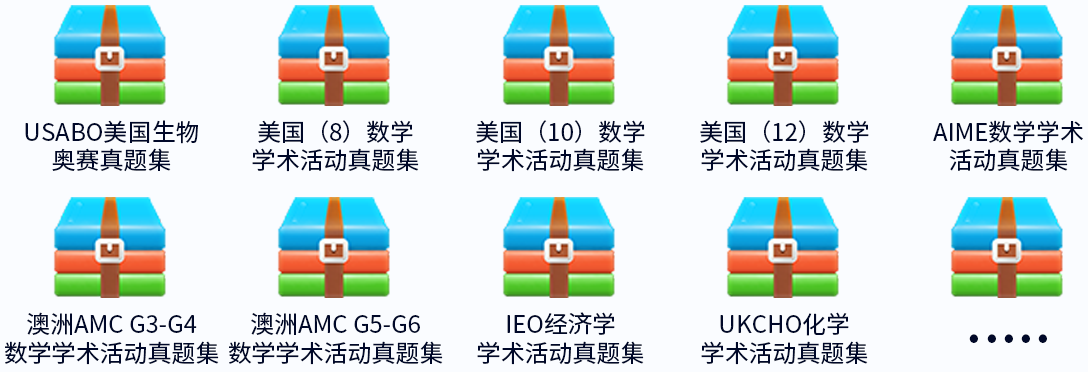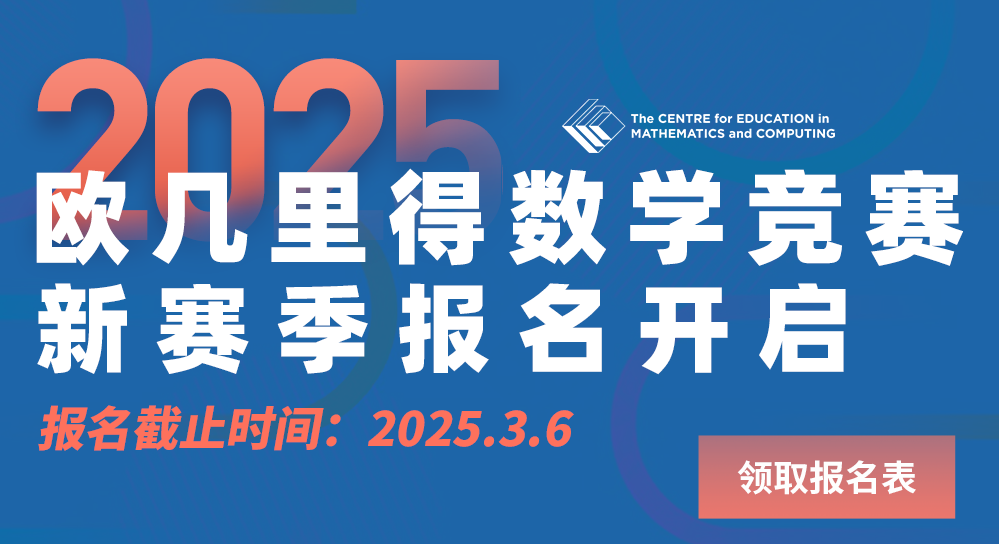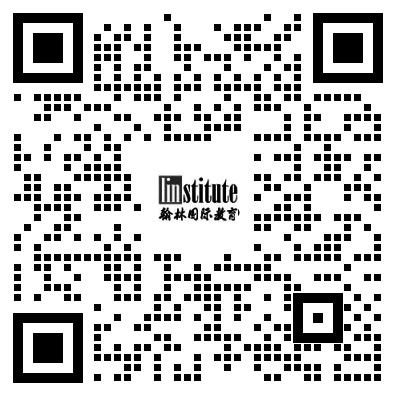- Raybet比分 提供学术活动、国际课程、科研项目一站式留学背景提升服务!
- 400 888 0080
2018英特尔ISEF获奖作品摘要 机器人与智能机器(人工智能) Intel Finalist Abstract Robotics and Intelligent Machines (AI)
获奖作品基本信息
| 年份 | 2018 |
| 学科 | 机器人与智能机器 Robotics and Intelligent Machines |
| 国家/州 | United States of America |
获奖作品名称
Myelofon: The Way of Expressing Thoughts for People with Speech Disorders
获奖作品摘要
Nowadays there are 360 million people with speech disturbances worldwide. Despite the existence of sign language and methods of its interpretation the issue of communication with deaf-mute people remains acute. The goal of our project is to create a device recognizing sign language (ASL) and translating it into English. Myelofon uses a controller, consisting of a set of infrared cameras and LEDs to register the positions of the user's hands. Then the data is processed by the computer unit. The source code of the program is written in Python v2.7. We decided to use mathematical algorithms that separate the hands from a complex environment using a differential Sobel operator. This method of detecting among the background noise allows Myelofon to recognize the hands. To reproduce spoken language, we used the Naive Bayes tokenization algorithm from the Natural Language Toolkit (NLTK), that allowed us to separate the input data by the presence or absence of certain elements in their composition. The accuracy of the sentences is provided by using of NLTK morphological analyzers. Myelofon takes the sample and finds the most common two and three word expressions. The information about hand position is updated 200 times per second, Myelofon recognizes the gestures with up to 98% precision (during the test in normal light conditions). The algorithm is resistant to background interference in field of view of the controller (120 degrees in-depth, 150 degrees in width). Myelofon is capable of simulating a natural language with up to 95% accuracy (correctly formulated sentences in the test), and allows us to greatly simplify communication with the deaf-mute community. In future we want to continue expanding Myelofon's word bank and making it more comfortable for users.
高中生科研学术活动 英特尔 Intel ISEF 简介
英特尔国际科学与工程大奖赛,简称 "ISEF",由美国 Society for Science and the Public(科学和公共服务协会)主办,英特尔公司冠名赞助,是全球规模最大、等级最高的中学生的科研科创赛事。ISEF 的学术活动学科包括了所有数学、自然科学、工程的全部领域和部分社会科学。ISEF 素有全球青少年科学学术活动的“世界杯”之美誉,旨在鼓励学生团队协作,开拓创新,长期专一深入地研究自己感兴趣的课题。
>>> 实用链接汇总 <<<
· 数学 · 物理 · 化学 · 生物 · 计算机 · 工程 ·
学科简介:机器人与智能机器 Robotics and Intelligent Machines
Studies in which the use of machine intelligence is paramount to reducing the reliance on human intervention.
Subcategories:
Biomechanics (BIE): Studies and apparatus which mimic the role of mechanics in biological systems.
Cognitive Systems (COG): Studies/apparatus that operate similarly to the ways humans think and process information. Systems that provide for increased interaction of people and machines to more naturally extend and magnify human expertise, activity, and cognition.
Control Theory (CON): Studies that explore the behavior of dynamical systems with inputs, and how their behavior is modified by feedback. This includes new theoretical results and the applications of new and established control methods, system modelling, identification and simulation, the analysis and design of control systems (including computer-aided design), and practical implementation.
Machine Learning (MAC): Construction and/or study of algorithms that can learn from data.
Robot Kinematics (KIN): The study of movement in robotic systems.
Other (OTH): Studies that cannot be assigned to one of the above subcategories. If the project involves multiple subcategories, the principal subcategory should be chosen instead of Other.
在线登记
最新发布
Raybet比分 课程体验,退费流程快速投诉邮箱: yuxi@linstitute.net 沪ICP备2023009024号-1









